Direct Tax Laws & International Taxation
- CA Khushi Shah . 1786+ Reads
How to study the Most Asked Chapters?
In Paper 7 there are a few important tips and types of questions you must practice which will help you pass the exam with flying colors. The best practice material is RTP, MTP and Past Papers as the questions are drafted in the same way as your examinations.
Here is a list of the Chapters in Paper 7- Direct Tax Laws & International Taxation-
Assessment of Various Entities- 23 marks
- This chapter is a combination of entire Direct Tax Inter portion and the first 11 chapters of CA Final DT. Brush up on your Inter concepts and for easy reference if notes which you may have made in Inter can also be used while studying for CA Final. It can save you time by referring those for the starting few chapters.
- Keep in mind that one full length question with at least 10-15 adjustments is always asked in the paper. Out of which 5 will be very easy to solve. Hence, do not panic solve the adjustments you know first and keep the tricky ones for later.
- In this chapter the difficult questions are the ones which are related to Assessment of entities other than companies, because even when you practice you tend to give Assessment of Companies more importance. Remember a 20-mark question of other than companies are very common so as not to lose those marks practicing such questions is equally important.
- While studying and practicing this chapter for the first time, mark adjustments in 3 different colors. The simple ones which you get in one reading, the medium ones which you practice in 1st & 2nd revision and the difficult ones which you practice in all 3 revisions.
Transfer Pricing- 9 marks
- This is a chapter whose concepts can be found in other CA Final subjects as well. Once all the methods are mastered it can be a very easy topic.
- While studying Transfer Pricing Methods making charts or diagrams to understand the concept will be faster for studying during revision as well.
- Always solve questions relating to the concept after studying the concept especially in this chapter as it can get confusing and having clarity of the concepts is very important. You can refer to Past Papers or RTPs so you understand what kind of questions can be asked in the exams.
- In this chapter theory is equally important. The definitions in this chapter are asked as part of questions too. Hence, they should be studied/understood properly. Example- Definition of Arm’s Length Price, Safe Harbor Rules, Associated Enterprises etc. are asked as part of questions.
- The Following types of questions are popular in
- Identifying the Methods of Transfer Pricing
- Calculation of Arm’s Length Price
- Primary & Secondary Adjustments
- Safe Harbor Rules
Non Resident Taxation- 9 marks
- This chapter is conceptually very different from the other Chapters. There are separate rates for everything. Hence it can get very confusing. Example- the TDS rates.
- This chapter is very lengthy but there are only few concepts which are regularly asked in examinations. Identifying those so as not to waste time is very crucial.
- Concepts studied in this chapter help if you have taken International Taxation as an elective subject.
- The following types of questions are asked frequently in exams-
- Interest under 94B
- POEM
- TDS cut on specified transactions for NRIs
Deduction, Collection & Recovery of Tax- 9 marks
- This chapter is a principal concept chapter which every student should know in detail. Its concepts are asked in many different types of questions across several chapters,
- A table or reference chart for different TDS rates and its limits should be made while studying for this paper. This will help in quick reference and in revision.
- There are regular amendments in this chapter as this is a chapter in which rates and dates are very important. Hence see to it that you study and practice from the latest amended content. As even a small mistake in rates or dates can make you lose marks unnecessarily.
- Only one type of question is usually asked that is identify the type of TDS, the rate to be cut and due date for payment or return filing.
Charitable Trusts- 9 marks
- This chapter is usually not understood much by students as its accounting and computation is very different as compared to what we usually study in case of companies and individuals.
- This chapter can be very scoring as one question from here is ALWAYS asked in the paper. This chapter though a little difficult to understand must be studied in detail as to get marks here comparatively involves less effort than studying many other chapters combined.
- Understanding the exemptions provided is 60% of the chapter done.
- Important questions from this chapter-
- Inclusion in exemption under sec 10(23C)
- Inclusion in exemption under sec 12AA
- Calculation of Anonymous Donation
Hope this blog helps you in studying for CA Final.



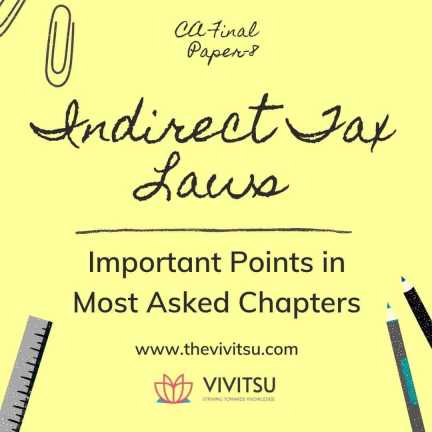
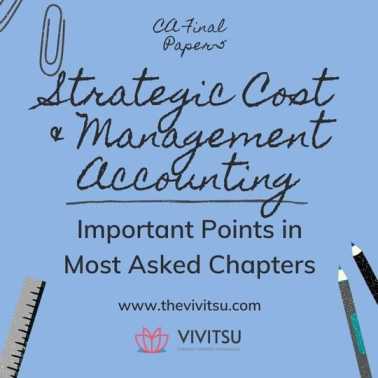

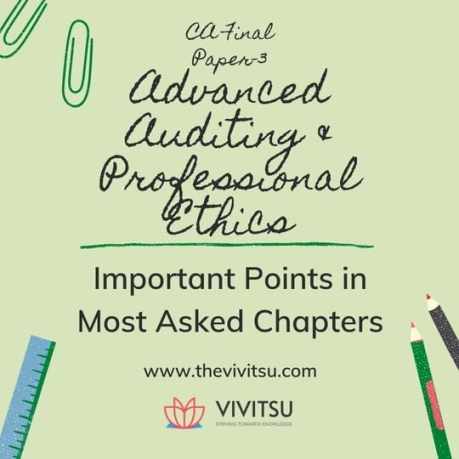

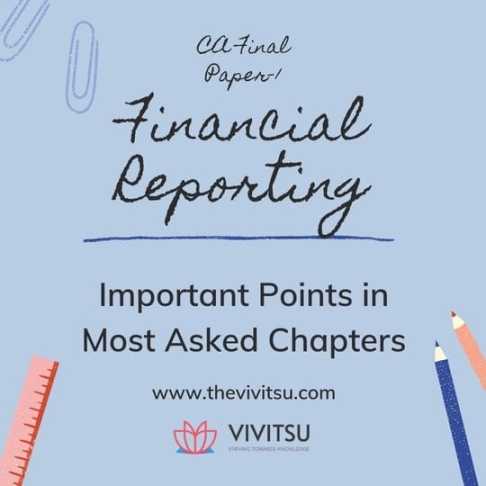
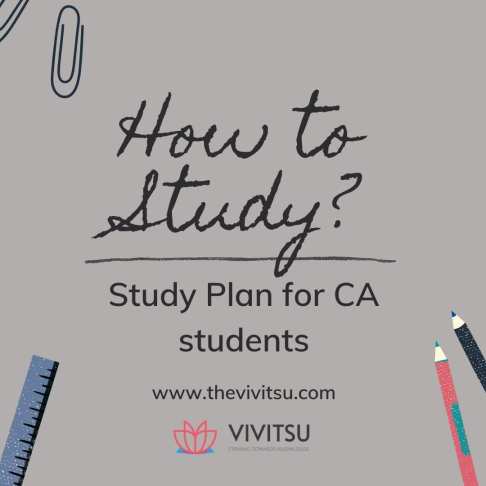







.jpg)










